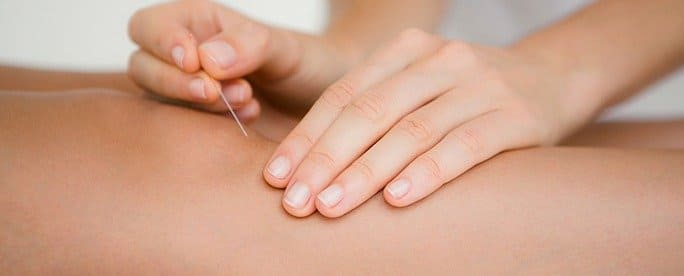June 28, 2024

Knee pain is one of the most common causes of disability and mobility issues in individuals over the age of 30. Often caused by knee osteoarthritis, this pain can be so severe that it is the leading cause for knee replacement surgery worldwide. However, invasive surgery comes with its own set of risks and side effects, leaving many patients who suffer from chronic knee pain looking for other answers to effectively reduce the pain and mobility issues associated with knee osteoarthritis.
A common treatment for extreme joint and muscle pain is known as trigger point injection. During these procedures, a patient is assessed for myofascial pain, which is characterized by:
Myofascial pain originates in the muscles due story medication, muscle relaxants or pain relievers, these medication injections are initially quite painful. However, following a spasm of the muscles, many patients with knee osteoarthritis experience relief from their knee pain. To practitioners of dry needling therapy, it is clear that trigger points play a large role in the stiffness, loss of motion and chronic pain of this knee disorder.
This pain disorder of the musculature and connective tissues is still not symptoms along with osteoarthritis:
to a trigger point, this area is already tense and sensitized, so needle stimulation induces a muscle spasm. The mechanics of why and how a trigger point stimulated by needle insertion causes the LTR are not fully understood, but theories postulate that the spasm disrupts the pain response in the human body. Once the muscle spasm has completed, the trigger point is often less palpable to the therapist and less painful to the patient.
This form of therapy is a valuable
For patients who are seeking a non-surgical alternative for painful knee conditions, New York Dynamic Neuromuscular Rehabilitation & Physical Therapy (NYDNR) offers this service in a state-of-the-art clinical setting. Highly trained doctors, therapists and technicians deliver compassionate care in a welcoming environment. At NYDNR, the focus is on developing a comprehensive treatment plan to address all possible causes of pain and dysfunction. With an interdisciplinary approach that is guaranteed to render positive results, New York residents have looked toof-redaeh/snigulp/tnetnoc-pw/moc.snoituloslat to this clinic for relief and care for well over a decade.
Dr. Lev Kalika is a world-recognized expert in musculoskeletal medicine. with 20+ years of clinical experience in diagnostic musculoskeletal ultrasonography, rehabilitative sports medicine and conservative orthopedics. In addition to operating his clinical practice in Manhattan, he regularly publishes peer-reviewed research on ultrasound-guided therapies and procedures. He serves as a peer reviewer for Springer Nature.
Dr. Kalika is an esteemed member of multiple professional organizations, including: